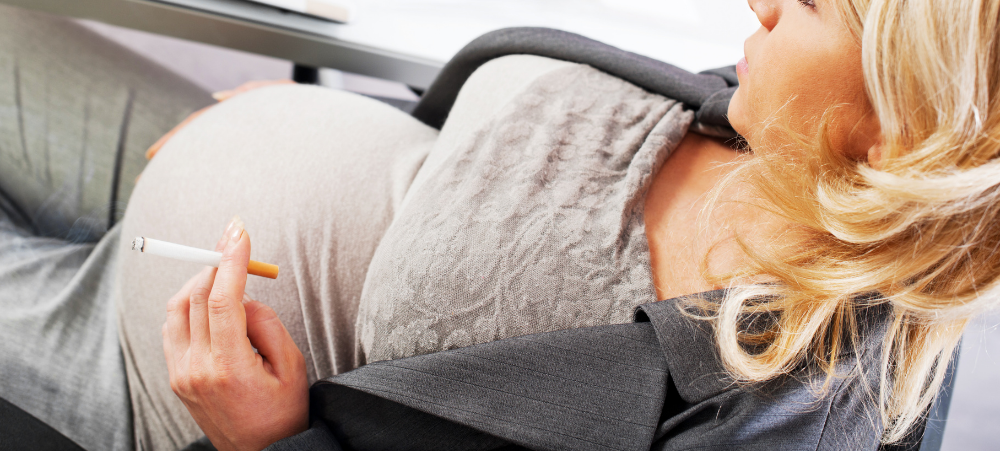Are your child’s aching legs keeping them awake at night? According to Affinity Health, a leading provider of high-quality healthcare, they may be experiencing growing pains.
Growing pains are cramping and achy muscle pains in both legs that some preschoolers and preteens experience. The pain is most common in the late afternoons or evenings.
Growing pains usually begin in early childhood, around the age of 3 or 4. They typically strike again in children aged 8 to 12 and subside by the time your child reaches the age of adolescence.
What Do Growing Pains Feel Like?
Growing pains are experienced differently by each child. The level of pain can range from mild to severe.
Some children experience growing pains for a few minutes, while others experience them for several hours. Growing pains can be episodic, with pain-free intervals ranging from days to months. In some children, the pain is constant.
Growing Pains and Their Causes
Despite the name, there is no conclusive evidence that growing pains are associated with growth spurts.
Growing pains may instead be muscle aches caused by intense childhood activities that can wear out your child’s muscles. Running, jumping, and climbing are examples of these activities. Growing pains appear to be more common after a child has had a particularly demanding sports day.
Growing Pains Symptoms
Growing pains are typically felt in both legs, particularly in the front of the thighs, back of the legs (calves), or behind the knees.
According to research, children who experience growing pains are more likely to experience headaches and abdominal pain.
“Growing pains should seldom be felt in the joint,” says Murray Hewlett, CEO of Affinity Health.
“If your child complains of joint pain, or the joint is red, swollen, or warm to the touch, it could be due to juvenile idiopathic arthritis and not growing pains.”
How Are Growing Pains Identified?
There are no tests available to identify growing pains. Your child’s healthcare provider may perform a physical examination and ask you questions about your child’s symptoms. They will inquire about the location of your child’s pain, when it began, and what your child was doing on the day the pain started.
Treatment
The good news is that growing pains do not cause other problems and have no effect on your child’s growth and development. Growing pains usually go away on their own after a year or two. Meanwhile, self-care measures can help alleviate your child’s discomfort.
Certain home remedies may provide relief:
Rub your child’s legs: Children frequently respond positively to a gentle massage. Others benefit from being held or cuddled.
Make use of a heating pad: Heat can help relieve muscle pain. Use a low-temperature heating pad before bedtime or whenever your child complains of leg pain. Once your child has fallen asleep, remove the heating pad. A warm bath before bedtime may also be beneficial.
Consider giving your child a pain reliever: Give your child ibuprofen or acetaminophen. Remember never to give children aspirin, which has been linked with Reye’s syndrome.
Encourage your child to stretch before exercising: Ensuring that your child stretches the muscles in their legs during the day may help prevent nighttime pain. Consult your doctor about stretches that may be beneficial to your child.
We understand that there are many aspects that encompass a Mother, Father or Child and strive toward providing resources and services that accommodates this.
Our content is aimed to inform and educate families on issues starting from pregnancy through to the challenges of the teen-age years.
- Say Hello to the Ultimate Holiday Brunch Bite - December 17, 2025
- Tiny Toons Looniversity Returns: Meet the Voice Behind Plucky and Hamton! - December 12, 2025
- From Pain to Possibility: Panado®’s New Marketing Campaign, Highlights The Joy Of Pain Relief - December 10, 2025





